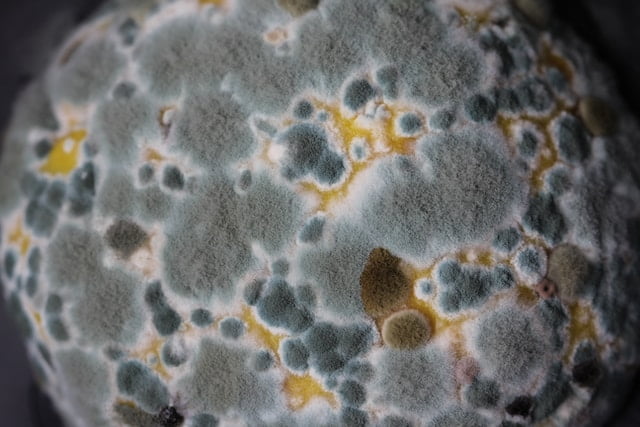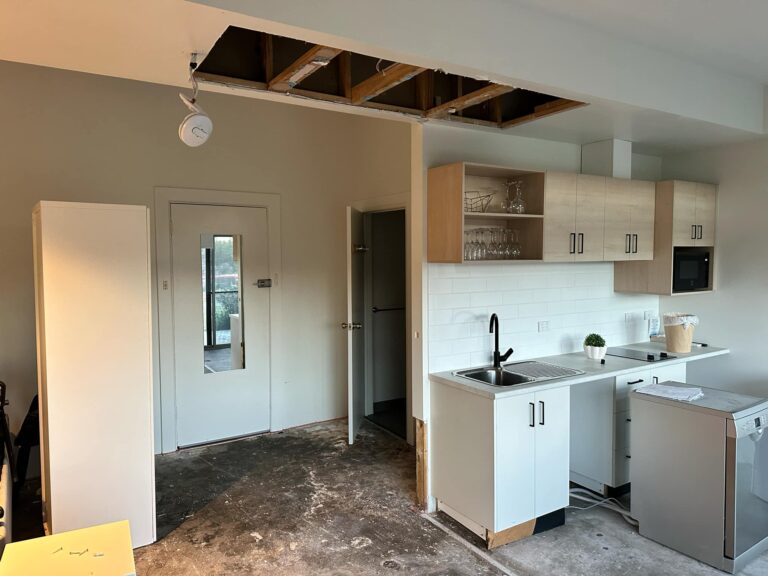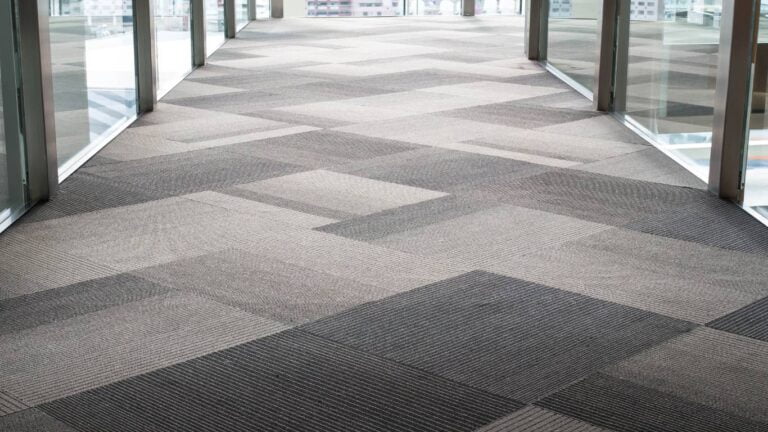Finding mould in your carpet can be a health hazard that needs immediate action. Mould thrives in damp environments and can lead to a variety of health risks, from allergies to respiratory issues. Knowing how to remove this unwelcome intruder not only restores the beauty of your carpets but also ensures a healthier living space for you and your family. Our guide offers practical, step-by-step instructions to eliminate mould and prevent its comeback. You’re about to reclaim the comfort of your home—read on for effective strategies to get mould out of your carpet once and for all.
Understanding Mould on Carpet
Causes of Mould Formation
When I first spotted the tell-tale signs of mould on my carpet, I realised I had to get to the bottom of its origins to tackle the problem effectively. Mould in carpets can stem from various sources, but the main culprit is usually moisture. Whether it’s due to spills that weren’t dried quickly enough, high humidity levels, or water damage from leaks, the dampness creates a perfect breeding ground for mould spores. In my case, it was a spilled glass of water that I hadn’t dried properly, which reminded me of the importance of immediate action when dealing with moisture.
Poor ventilation can also significantly contribute to mould formation. Rooms that don’t have proper airflow can trap moisture in carpets, allowing mould to thrive. This was a wake-up call for me to make sure my living spaces were well-ventilated, especially after cleaning or any incident involving water.
Types of Mould Found in Carpets
As I looked further into the issue, I found out that not all moulds are the same. There are various types that can settle in our carpets. Some of the most common include Aspergillus, which can come in an array of colours, and Penicillium, known for its blue or green hue. Cladosporium, another type I encountered, can appear as black or green specks and is particularly concerning due to its potential to cause respiratory issues.
Identifying the type of mould isn’t just about satisfying your curiosity; it’s key to figuring out the best way to remove it. While some moulds can be dealt with using household cleaning solutions, others might need more powerful, professional methods to ensure they’re completely removed.
Health Risks Associated with Carpet Mould
The presence of mould in carpets isn’t just a cosmetic issue; it poses a health risk. Exposure to mould can lead to a range of health problems, especially for those with allergies, asthma, or compromised immune systems. Symptoms can include sneezing, coughing, and skin irritation to more severe reactions like shortness of breath. My research taught me that prolonged exposure could even contribute to the development of asthma in some individuals.
This knowledge highlighted the urgency of addressing mould quickly and effectively. It’s not only about keeping the carpet looking good but also about protecting the health of everyone in the home.
Signs of Mould in Carpeting
Recognising the signs of mould is the first step in dealing with the issue. In my experience, a musty smell was the initial hint that something was wrong. On closer inspection, I noticed discolouration in the carpet fibres, another common sign of mould growth. Sometimes, you might also see visible signs of mould, such as black, green, or white patches, which can vary depending on the mould type.
It’s also important to remember that mould can hide beneath the surface of the carpet, out of sight. This is why it’s important to stay alert and not overlook any subtle signs, like a persistent musty odour, even if there are no visible marks. After all, by the time mould is visible, it often means there’s a significant problem that needs immediate action.
Prevention Strategies for Carpet Mould
Proper Ventilation and Humidity Control
Maintaining a well-ventilated space is crucial for mould prevention. I make it a point to open windows whenever possible and rely on dehumidifiers to maintain a dry environment, particularly during more humid seasons. By ensuring the humidity stays below 60%, the conditions become less favourable for mould. Additionally, air conditioning units and exhaust fans are effective in sustaining a dry climate within the home.
Regular Cleaning and Vacuuming
Maintaining cleanliness is also a strong defence against mould. Using a vacuum cleaner equipped with a HEPA filter, I’m able to capture not just the usual dirt but also the microscopic mould spores. I make it a routine to vacuum frequently, increasing the frequency in high-traffic zones, to maintain a clean and healthy carpet.
Tips for Avoiding Wet Carpets
Preventing carpets from becoming wet is essential. On days with inclement weather, I use mats at entryways to absorb water from footwear. Promptly addressing spills by blotting and drying the affected area is also part of my routine. Additionally, I avoid using steam cleaners when the air is heavy with moisture to prevent exacerbating the problem.
Choosing Mould-Resistant Carpet Materials
Selecting the right carpet material is pivotal in mould prevention. I opt for synthetic options like nylon and polyester, which are less prone to mould due to their moisture-repellent properties. Investing in mould-resistant carpets is a proactive measure that contributes to the longevity and healthfulness of my living space.
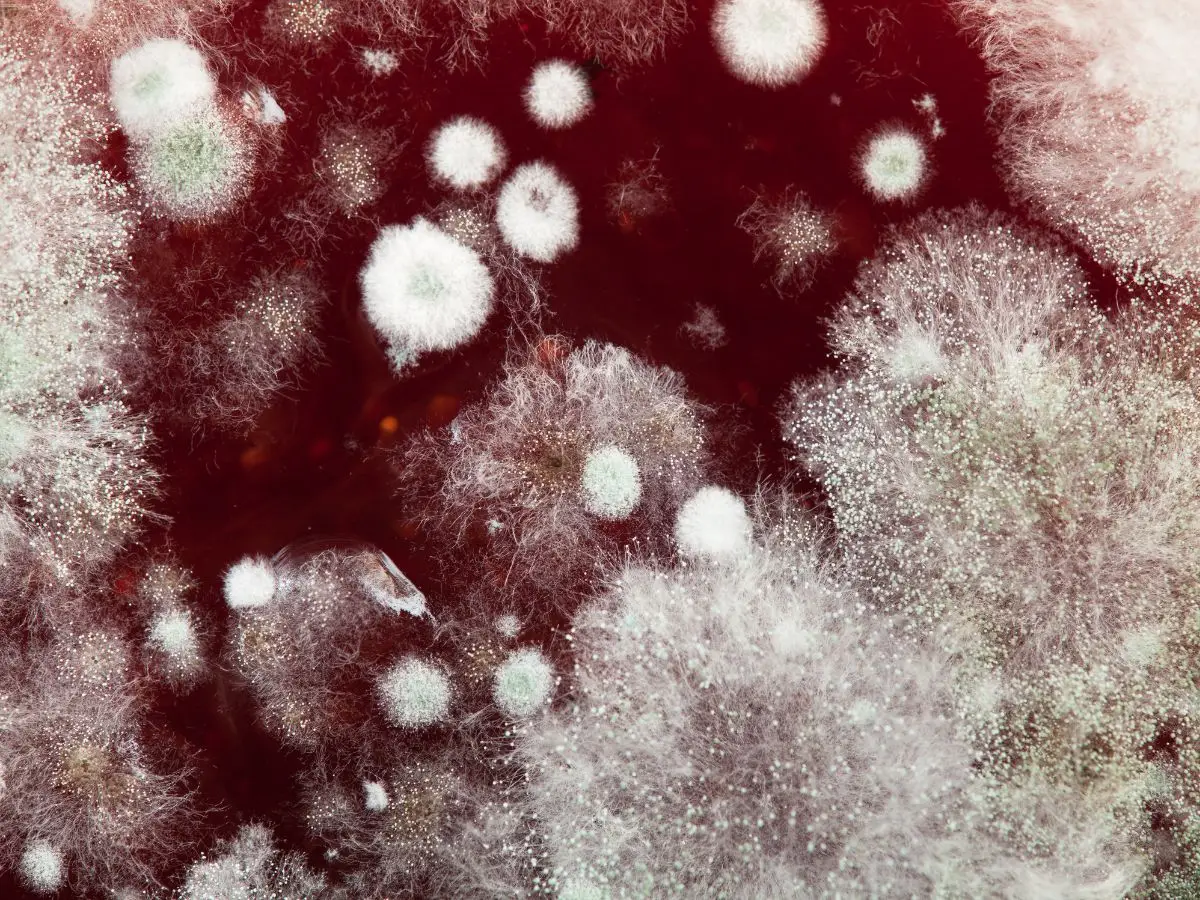
Initial Steps to Address Mould
Upon discovering the mould, I immediately took steps to mitigate its effects. Ensuring the room had adequate airflow was crucial, so I opened windows and doors to assist in drying the area.
Safety Measures Before Starting Clean-up
I donned protective gear, including gloves, a mask, and goggles, to shield myself from the spores and potential allergens.
Identifying the Extent of Mould Infestation
Assessing the severity of the infestation was next. Determining whether the mould was superficial or had penetrated deeper into the carpet would influence the approach to removal.
Items to Remove or Protect During Clean-up
I removed belongings from the vicinity to prevent the spread of spores. For immovable items, I used plastic sheeting as a barrier against the mould and cleaning agents.
Documenting the Problem for Professional Help
Photographs of the affected areas were taken to assist in evaluating the situation, whether for professional cleaners or insurance claims.
Keep a good record like the example below:
I began with a HEPA vacuum to address the dry mould and a homemade solution of water and white vinegar for the damp areas. After scrubbing, I patted the area dry. Recognising that these efforts might not reach the deeper layers, I contemplated professional steam cleaning, which could more effectively eradicate the mould and help avert future growth.
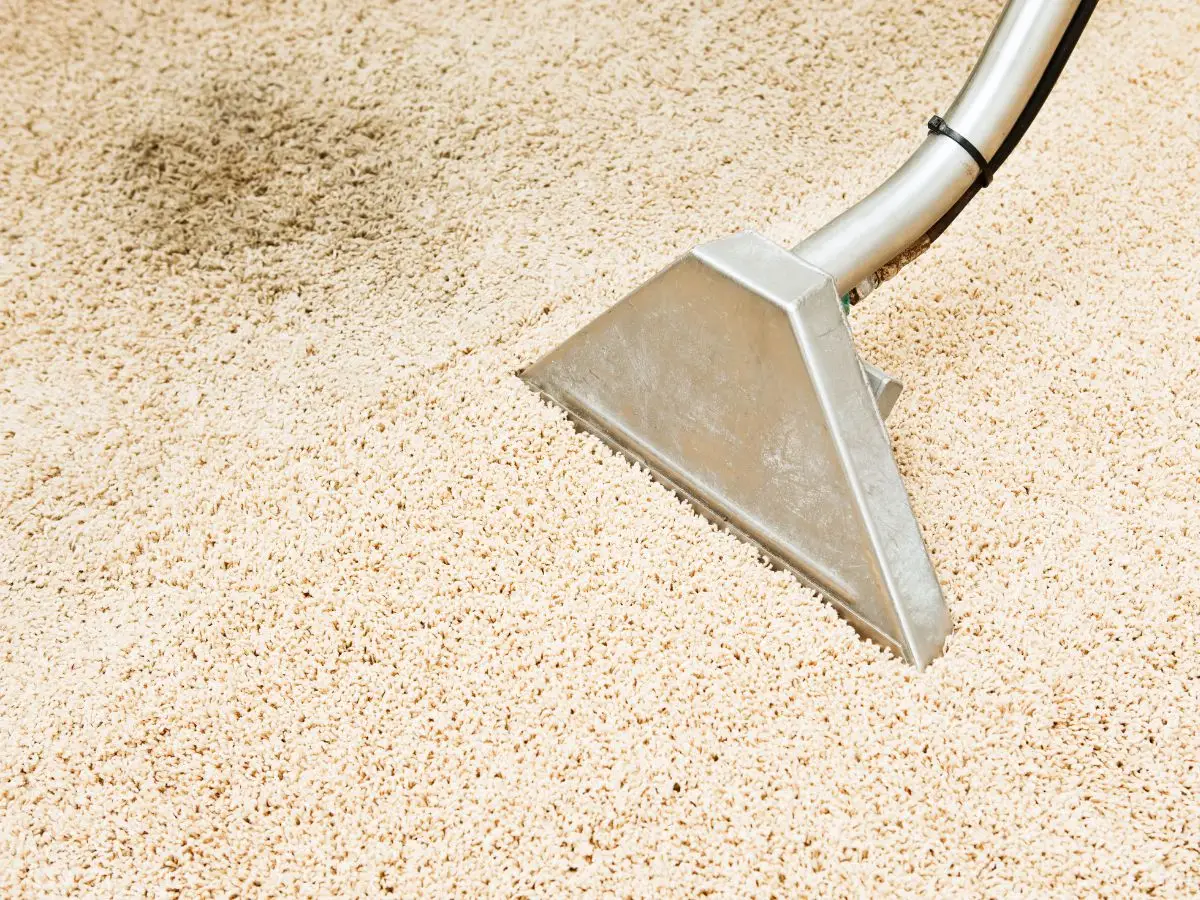
DIY Mould Removal Techniques
Homemade Solutions and Commercial Products
For those who tackle mould independently, a variety of approaches can be employed. A simple yet effective method for addressing dry mould is to use a vacuum cleaner with a HEPA filter. For wet mould, a mixture of water and white vinegar can be applied to the area. This solution should be gently scrubbed into the carpet with a brush, and then the area should be blotted to remove excess moisture.
Step-by-Step Guide for Removing Mould
The process begins with donning protective gear and identifying the affected area. After vacuuming, the vinegar solution is prepared and applied. Careful scrubbing is followed by blotting to ensure the area is as dry as possible.
Handling Persistent or Large Mould Infestations
For more severe cases, DIY methods may not suffice, as they may not reach the deeper layers of the carpet. In such instances, seeking professional help may be the best course of action to ensure a comprehensive clean.
When to Replace the Carpet Instead of Cleaning
When the damage is too extensive or the carpet is beyond salvage, replacement may be the most practical choice. This decision can be difficult, but it is sometimes necessary to maintain a healthy living environment.
While DIY methods can be useful for immediate treatment, they may not always offer a lasting solution. Professional steam cleaning can provide a more in-depth clean, reaching deep into the carpet to remove hidden spores and help prevent recurrence. The expertise and specialised treatments used by professionals can also help preserve the carpet’s quality and extend its life.
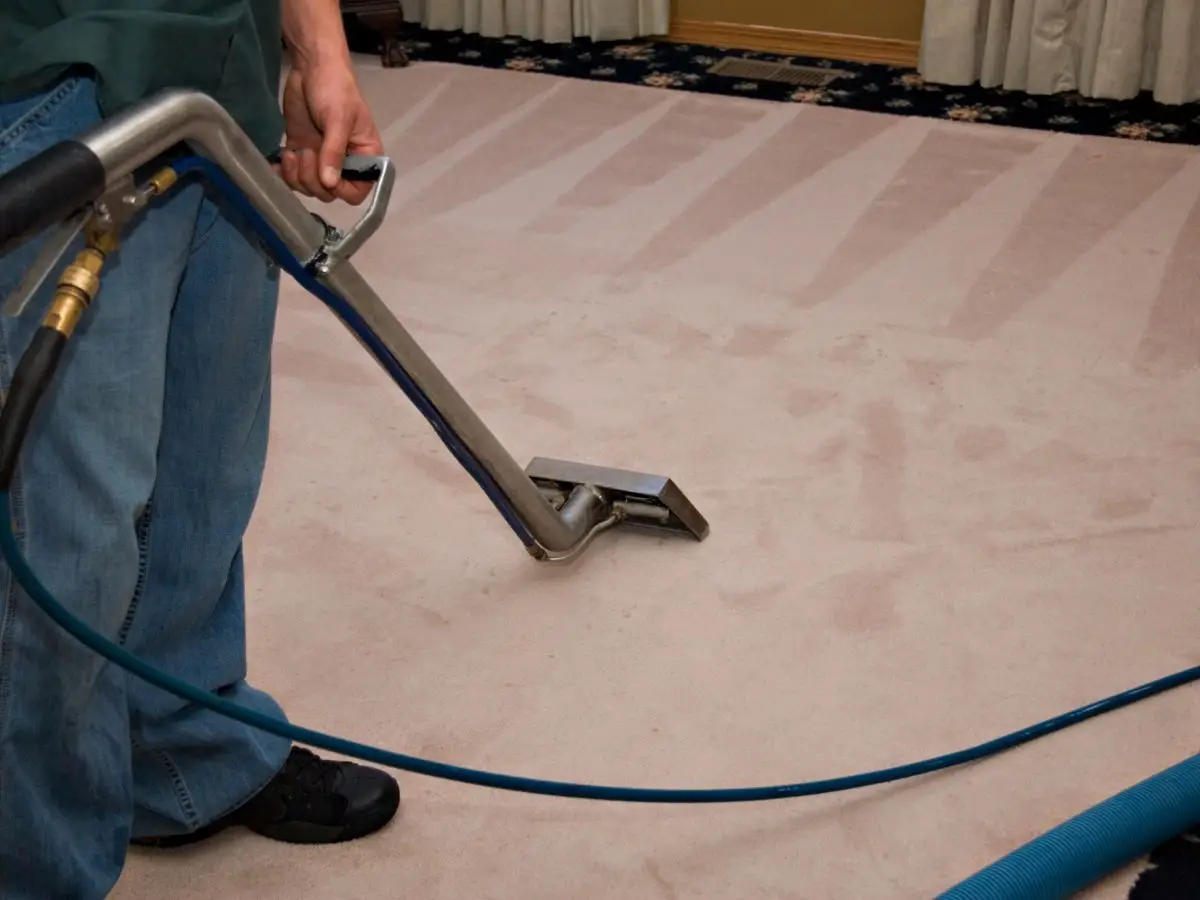
Professional Mould Remediation
When to Call in the Professionals
There are instances when the extent of mould infestation is beyond the scope of home remedies. If you’re facing a widespread issue or the mould has penetrated deeply into the carpet, it’s advisable to seek professional assistance. Experts have access to advanced techniques and equipment that are essential for thoroughly eradicating the problem.
The Process of Professional Mould Remediation
The professional approach to mould remediation begins with a detailed inspection to determine the severity of the infestation. Following this, experts typically employ high-temperature steam cleaning combined with potent extraction techniques. This method is effective at eliminating both visible mould and spores that are not apparent to the naked eye. Additionally, professional carpet cleaners may apply specialised solutions that are formulated to combat mould while being compatible with your carpet’s material.
What to Expect in Terms of Time and Expenses
The duration and cost of professional mould remediation will depend on the severity and size of the affected area. While this option may require a greater investment of time and resources compared to DIY methods, the benefits are substantial. Professional intervention not only addresses the immediate concern but also helps in preventing future occurrences, potentially saving resources over time. Their expertise also increases the likelihood of resolving the issue on the first attempt, reducing the need for additional treatments.
Post-Remediation: Ensuring the Mould Doesn’t Return
After the professionals have completed their work, it’s imperative to maintain an environment that discourages mould growth. This involves sustaining low humidity levels and ensuring your space remains well-ventilated. Regular cleaning and the use of a HEPA-filter vacuum cleaner are also essential in capturing any new spores that may enter your home. By adhering to these practices, you’ll contribute to keeping your environment mould-free and safeguarding the health of its occupants.
Opt for Lasting Cleanliness
Deciding whether to tackle mould in your carpets by yourself or to call in the professionals depends on how severe the problem is and whether you’re after a quick fix or a lasting solution. DIY methods are great for immediate and minor mould issues. But they might not be enough to get rid of all spores and stop them from coming back.
Professional steam cleaning, with its high-tech gear and expert approach, offers a more thorough clean. It gets deep into your carpet, removing the hidden dangers and protecting the air quality in your home. This assurance, combined with extending the life of your carpet, really shows the true worth of professional services.
So, take action today—pick the solution that best suits the extent of your mould problem and will keep your living space mould-free and healthy for the long haul.

